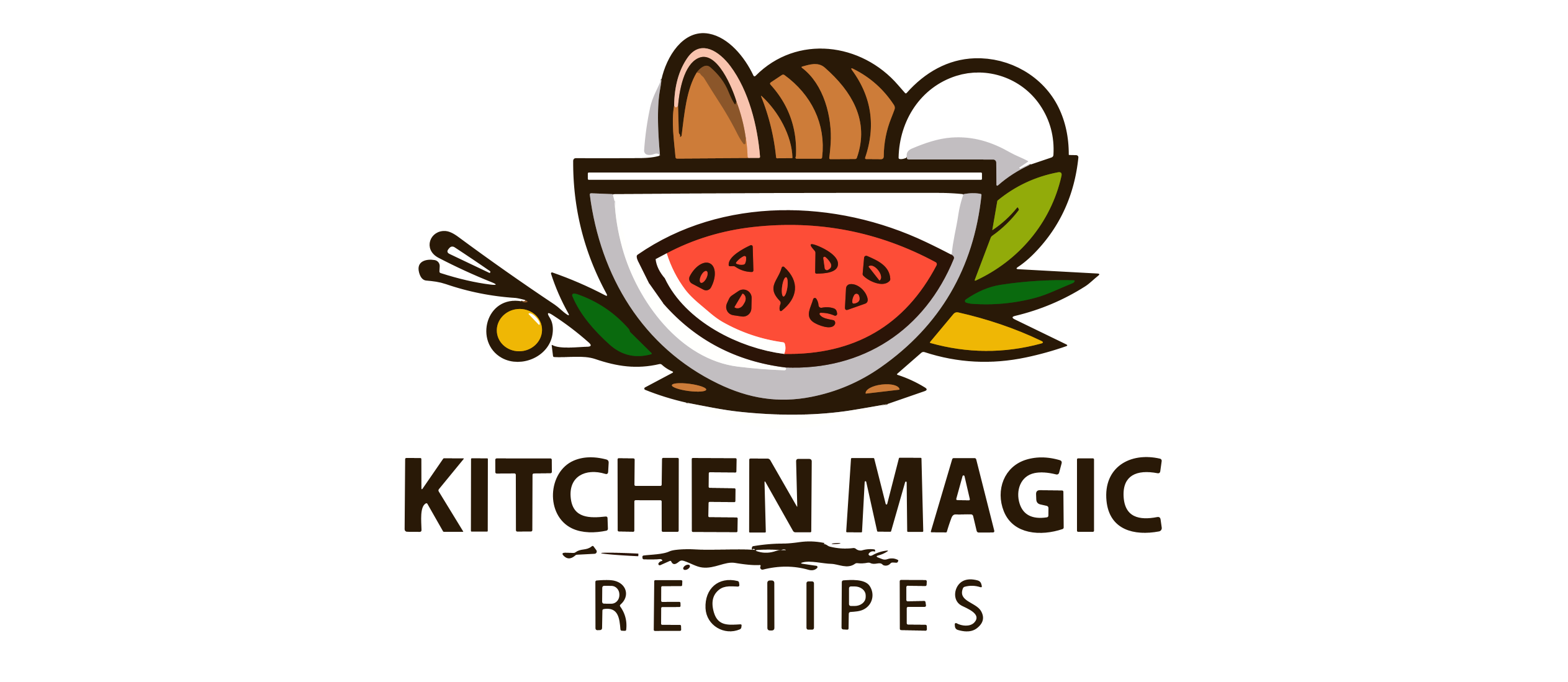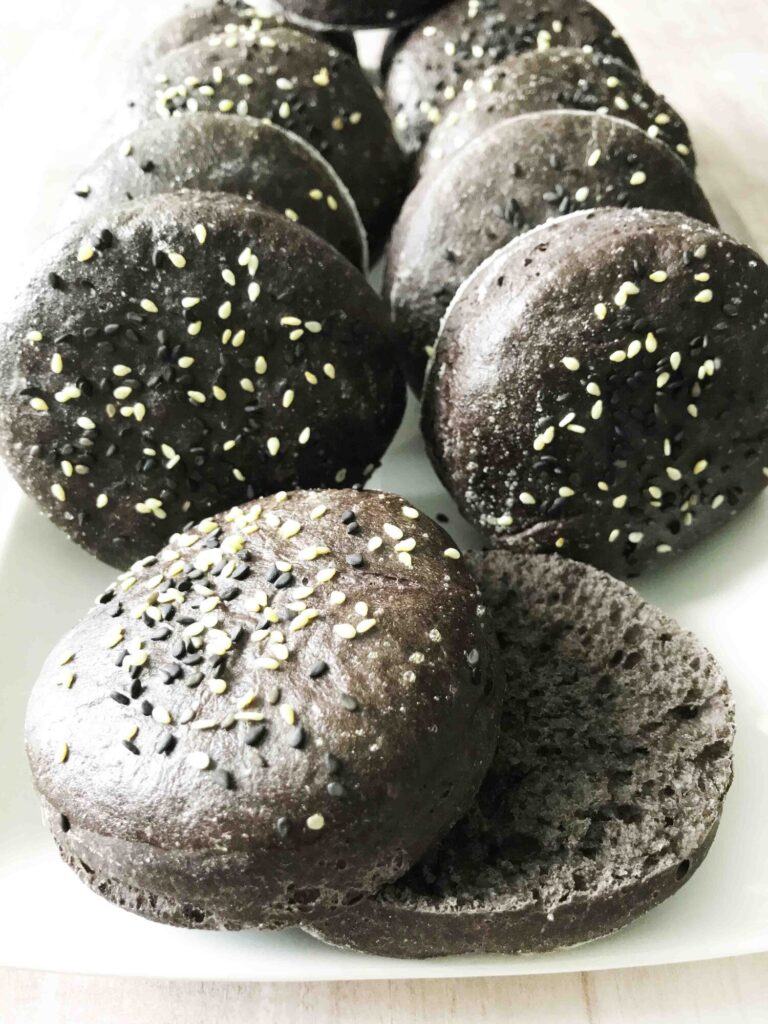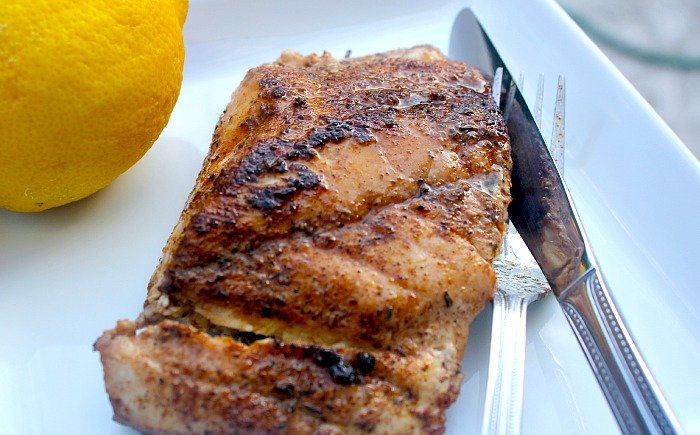Bun Thang Recipe: A Delicious Vietnamese Delicacy
Looking to add some Vietnamese flavors to your culinary repertoire? Look no further! Today, we’re going to delve into the vibrant world of bun thang recipe. This traditional Vietnamese dish is a symphony of textures and flavors, combining silky rice noodles, tender chicken, delicate mushrooms, and a medley of herbs. It’s a dish that not only pleases the palate but also captivates the senses with its enticing aroma and vibrant presentation. So, if you’re ready to embark on a culinary adventure, let’s dive right into this exquisite bun thang recipe and unlock the secrets behind its delectable taste.
Bun Thang Recipe: A Delicious Vietnamese Dish Full of Flavor and Tradition
When it comes to Vietnamese cuisine, there are few dishes as iconic and delicious as Bun Thang. This traditional noodle soup originates from Hanoi, the capital city of Vietnam, and is known for its delicate flavors and visually pleasing presentation. Bun Thang is a perfect harmony of textures and tastes, combining the lightness of rice noodles with the heartiness of thinly sliced chicken, eggs, and fragrant herbs.
The Origins of Bun Thang
Like many Vietnamese dishes, Bun Thang has a rich history that reflects the country’s culinary traditions. This delightful noodle soup was invented during the 19th century in Hanoi, and it quickly gained popularity among locals and visitors alike. The name “Bun Thang” is derived from the verb “thang,” which means to mix together gently, signifying the delicate art of preparing this dish.
Originally, Bun Thang was a popular dish consumed on the first and fifteenth day of the lunar month, typically prepared using leftover ingredients from the previous day’s grand feast. Over time, it evolved into a staple meal enjoyed throughout the year, especially during special occasions and festivals.
The Ingredients
Bun Thang is a dish that requires a variety of ingredients to create its unique flavors and textures. Here is a list of the primary components:
- Rice Noodles: The base of Bun Thang is the delicate rice noodles, also known as bun. These thin noodles are made from rice flour and water, giving them their distinctive chewy texture.
- Chicken: Bun Thang traditionally uses chicken breasts, which are poached until tender and then thinly sliced.
- Chicken Broth: The flavorful broth is made by simmering chicken bones and aromatics, such as onion, ginger, and spices.
- Eggs: Soft-boiled eggs are a key ingredient in Bun Thang. They are cooked until the white is set but the yolk remains slightly runny.
- Herbs and Vegetables: Bun Thang is garnished with an array of fresh herbs, including cilantro, mint, and green onions. Thinly sliced cucumber and bean sprouts add a delightful crunch.
- Other Garnishes: Crispy fried shallots, shrimp floss, and shrimp paste are optional but add depth of flavor to the dish.
The Preparation Process
Creating an authentic Bun Thang requires careful attention to detail and a step-by-step approach. Here is a breakdown of the preparation process:
1. Prepare the Chicken Broth
- In a large pot, add chicken bones, onion, ginger, and spices such as star anise and cinnamon.
- Cover the ingredients with water and bring to a boil.
- Reduce the heat and let the broth simmer for about 1 hour, skimming off any impurities that rise to the surface.
- Strain the broth and discard the solids. Set the broth aside.
2. Cook the Chicken and Eggs
- In a separate pot, poach the chicken breasts until fully cooked, around 20 minutes. Remove the chicken from the pot and let it cool.
- In the same pot, add the eggs and cook them for about 6-7 minutes. Transfer the eggs to a bowl of ice water and let them cool before peeling.
- Thinly slice the cooked chicken breasts. Set aside.
3. Prepare the Rice Noodles
- Bring a large pot of water to a boil.
- Add the rice noodles and cook according to the package instructions, usually around 2-3 minutes.
- Drain the noodles and rinse them under cold water to stop the cooking process. Set them aside.
4. Assemble the Bun Thang
- Divide the cooked rice noodles into serving bowls.
- Arrange the sliced chicken, soft-boiled eggs, and other garnishes, such as herbs, cucumber, bean sprouts, and crispy fried shallots, on top of the noodles.
- Ladle the warm chicken broth over the ingredients in the bowls.
- Add a dollop of shrimp paste if desired.
Serving and Enjoying Bun Thang
Bun Thang is typically served hot or warm, allowing the flavors to meld together. Vietnamese cuisine often incorporates a balance of flavors, and this dish is no exception. The lightness of the rice noodles is perfectly complemented by the savory chicken broth, tender chicken slices, and the freshness of the herbs and vegetables.
Before enjoying Bun Thang, it is customary to gently mix all the ingredients together, allowing the flavors to combine harmoniously. The result is a delightful explosion of tastes and textures in every spoonful.
Traditionally, Bun Thang is served with a side of shrimp floss and a bowl of shrimp paste. Diners have the option to add these condiments to their soup, enhancing the umami flavors and adding complexity to the dish.
Bun Thang is more than just a noodle soup; it is a culinary masterpiece that captures the essence of Vietnamese cuisine. From its humble origins to its delicate preparation, this dish represents the rich flavors and traditions of Hanoi.
Whether you’re a fan of Vietnamese food or simply an adventurous eater, Bun Thang is a must-try dish that will transport your taste buds to the vibrant streets of Vietnam. Don’t miss the opportunity to savor this delicious combination of flavors and immerse yourself in the culinary heritage of Hanoi.
Hanoi Combo Noodle Soup Recipe (BÚN THANG) | Helen's Recipes
Frequently Asked Questions
What is bun thang?
Bun thang is a traditional Vietnamese noodle soup that originated in Hanoi. It is made with thin rice noodles, tender chicken, pork, shrimp, and various herbs and vegetables. The broth is typically clear and fragrant, flavored with fish sauce and dried shrimp.
Can I substitute the proteins in bun thang?
Absolutely! While the traditional recipe calls for chicken, pork, and shrimp, you can customize it to your liking. You can substitute the proteins with tofu, beef, or even omit them for a vegetarian version. Adapt the recipe to suit your taste preferences.
How do I prepare the rice noodles for bun thang?
To prepare the rice noodles for bun thang, bring a pot of water to a boil. Add the noodles and cook according to the package instructions until they are al dente. Drain and rinse them under cold water to stop the cooking process and prevent them from sticking together. It’s essential to handle the rice noodles gently to avoid breaking them.
What herbs and vegetables can I use as toppings for bun thang?
Bun thang is traditionally served with a variety of fresh herbs and vegetables. Some common toppings include thinly sliced green onions, bean sprouts, cilantro, mint leaves, and shredded lettuce. You can also add lime wedges and sliced chili peppers for an extra kick of flavor. Feel free to customize the toppings according to your preference.
Can I make the broth for bun thang in advance?
Yes, you can prepare the broth for bun thang in advance. After simmering the broth to develop the flavors, allow it to cool completely before storing it in an airtight container in the refrigerator. When you’re ready to serve, gently reheat the broth on the stovetop until it’s hot. This method saves time and allows you to prepare the dish more efficiently.
What other condiments can I serve with bun thang?
In addition to the toppings and broth, you can serve bun thang with some condiments to enhance the flavors. Hoisin sauce, chili sauce, and fish sauce are popular choices. You can also provide additional lime wedges for those who prefer a tangier taste. Encourage your guests to experiment with different condiments to find their favorite combination.
Final Thoughts
Bun thang is a traditional Vietnamese dish that is both delicious and visually appealing. This recipe combines delicate rice noodles with a flavorful broth made from chicken, shrimp, and various aromatics. The dish is then garnished with an array of toppings such as thinly sliced omelet, herbs, and chicken or pork floss. The result is a light yet satisfying meal that reflects the balance and harmony of Vietnamese cuisine. So if you’re looking for a recipe that encapsulates the essence of Vietnamese cooking, look no further than the exquisite bun thang recipe.



